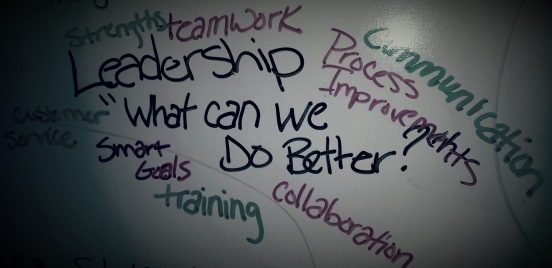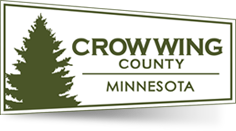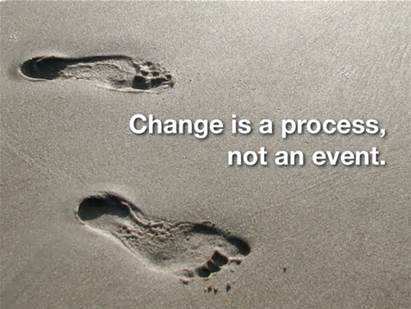Many organizations insist continuous improvement is at the core of their values. They build programs, hire business improvement and innovation experts and wonder why their business is still behind in their field of work.
What’s wrong with these efforts?
A simple answer: the people.
The people don’t want to send their novel idea into the abyss where they will never associate with it again.
The people don’t want to participate in discussions that result in lists of great ideas that go nowhere.
The people don’t want to experience a leader crediting their idea fully to management without thanks to the brilliant mind who submitted the idea.
The people don’t want to send their idea off and have no further investment in making it become a reality.
The people don’t want to hear that it is not their job to improve how the organization functions.
The people don’t want to share an idea and have it blasted down or dismissed.
The people don’t want to implement someone else’s idea when theirs are ignored.
It’s the people who must live out your organization’s core values and for an organization to truly value improvement efforts, the following leadership skills must actively encourage the people living out the value:
1) Leaders understand what makes a core value a “core value.” Core values are carried out by all employees in every day activities. If your organization values continuous improvement, people would be engaged in improvement efforts as a regular, expected, core part of their work.
2) Leaders empower employees to ask “why.” Context is an invaluable tool in achieving creative, innovative ideas. When employees ask why, they are provided context that leads to sensical and sensible work solutions. Leaders also ask, “what can we do better?” and work with their team to plan large and small changes.
3) Leaders ensure all people are engaged in improvement activities. Ideas are shared and implemented at every level. It’s an ongoing expectation for individuals to express new ideas about process improvements, training ideas, collaboration and communication, leadership expectations, and workforce culture. New ideas are on agendas for team meetings, strategic planning and achievement celebrations.
4) Leaders facilitate improvement activities. All leaders are trained to coordinate improvement efforts and flesh out new ideas with employees. They understand what decisions they and their team can make and when they must partner across teams to effectively improve services. They share this insight openly with their teams.
5) Leaders understand the power of engaging employees in carrying out improvement efforts. They teach individuals to create propositions and manage mini-projects, making all efforts to partner with the customer and get it right the first time.
6) Leaders are courageous. They don’t believe in placing blame and instead have confidence in their ability to take calculated risks. They model courage and reinforce acceptable risk-taking of employees by removing obstacles and empowering people.
7) They believe employees who do the work every day know how to make it better. They know employees’ ideas are critical to the success of the organization.
If an organization truly values improvement, leaders are hired and trained to reinforce organizational change and innovation at all levels by supporting and empowering people at all levels.
Employees are REGULARLY expected to spend up to 40% of their time learning, training others, and testing new ideas. It’s what makes the organization thrive.
Leaders understand the process for implementing new ideas and regularly coach employees to share and implement ideas.
If you’re wondering why your organization isn’t ahead in your field, consider engaging the people in solutioning. Odds are, they have great ideas about what makes you lag behind and want to invest more in the success of your organization (because they have been waiting for you to ask the question and want to be part of the organization’s success)!!
In my work with teams, I design programs that energize and empower employees to implement new ideas and teach leaders to effectively and fearlessly manage innovation.
We eliminate the elusive “insert idea here” phenomena (fill out this form and press send…to receive a “thanks for your idea” auto response and then radio silence). Instead, we engage employees in regular discussions and teach them to propose their great ideas openly, taking responsibility to see the idea through to implementation.
For future retirees, we create legacy plans and make 30 year old dreams become reality.
The energy is electric. The people are creative and innovative and tireless. It’s an experience every organization should feel at its core.
What is the best way you have found to share and implement new ideas at work? I would love to hear successes and lessons learned from you!
For more information about Carolyn Vreeman, Leadership Coach and Change Manager, visit http://www.vreemanconsulting.com.










